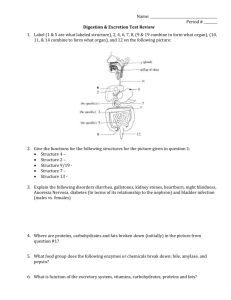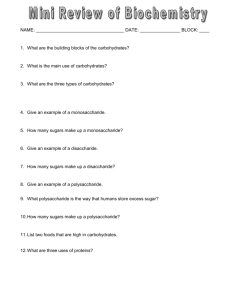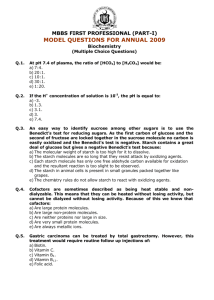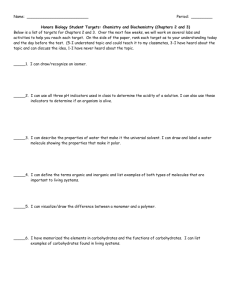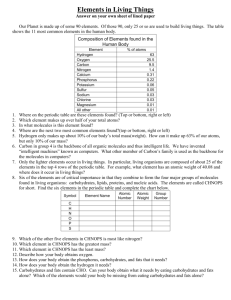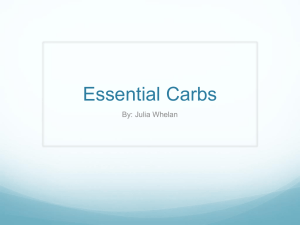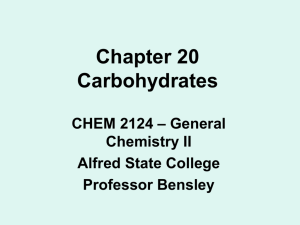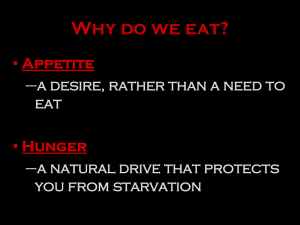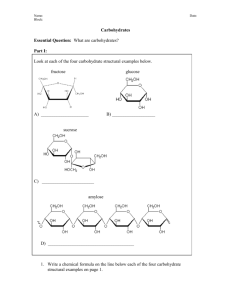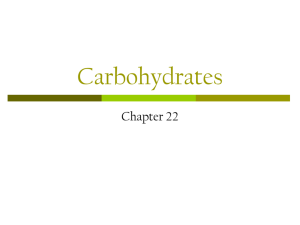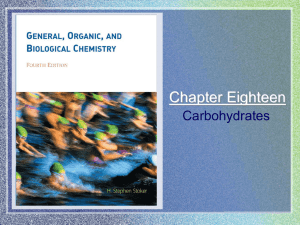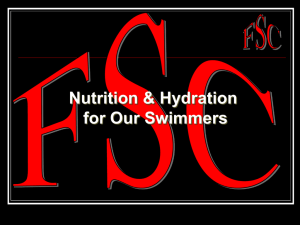Chapter 13
advertisement
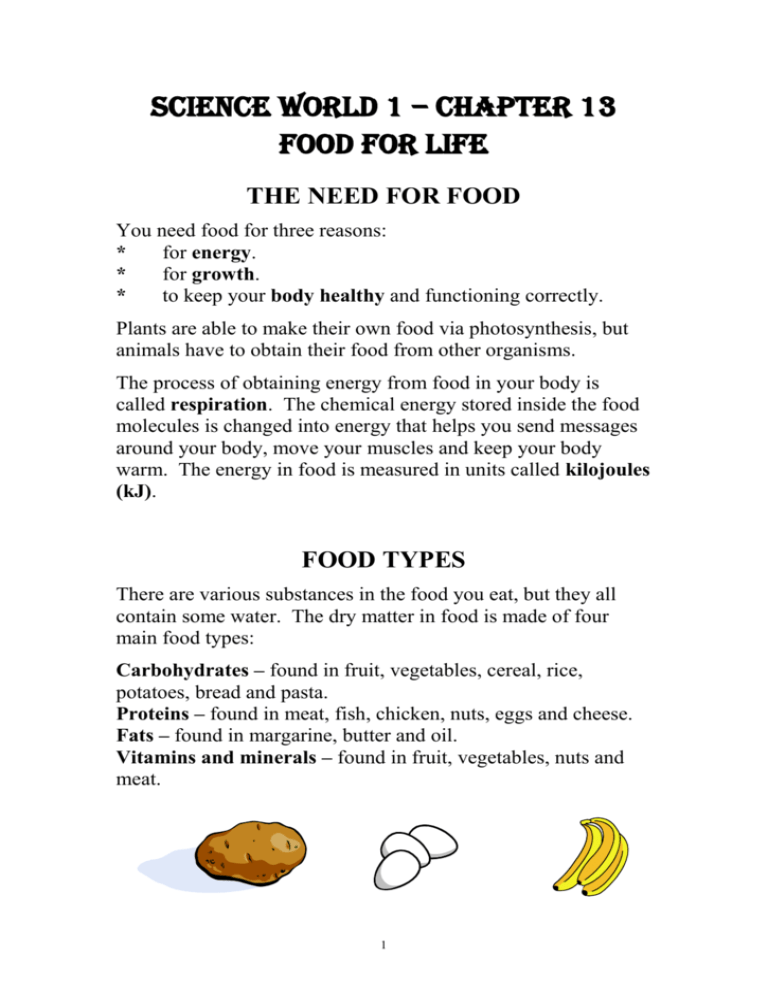
science world 1 – chapter 13 food for life THE NEED FOR FOOD You need food for three reasons: * for energy. * for growth. * to keep your body healthy and functioning correctly. Plants are able to make their own food via photosynthesis, but animals have to obtain their food from other organisms. The process of obtaining energy from food in your body is called respiration. The chemical energy stored inside the food molecules is changed into energy that helps you send messages around your body, move your muscles and keep your body warm. The energy in food is measured in units called kilojoules (kJ). FOOD TYPES There are various substances in the food you eat, but they all contain some water. The dry matter in food is made of four main food types: Carbohydrates – found in fruit, vegetables, cereal, rice, potatoes, bread and pasta. Proteins – found in meat, fish, chicken, nuts, eggs and cheese. Fats – found in margarine, butter and oil. Vitamins and minerals – found in fruit, vegetables, nuts and meat. 1 PLANT FOOD Plants and algae make all the materials needed for the growth and repair of their cells. To do this they must absorb simple materials from the air, water or soil. The whole process is summarised as follows: 1. Chlorophyll molecules in the plant absorb sunlight. 2. This energy from the sun is used to make carbohydrates from water and carbon dioxide (i.e. photosynthesis). H2O + CO2 + sunlight carbohydrates + O2 3. These carbohydrates (i.e. food) are transported to all cells in the plants. 4. The carbohydrates are broken down to supply energy for plant growth (i.e. respiration). carbohydrates + O2 H2O + CO2 + energy DIGESTING FOOD The job of the digestive system is to break down the food you eat into smaller molecules that are able to pass into your bloodstream. Digestion is both the physical breakdown of large lumps of food into smaller ones, and the chemical breakdown of food. The chemical breakdown of food occurs with the help of substances called enzymes. These substances speed up chemical reactions that break down large insoluble food molecules into small soluble ones. There are different enzymes used to break down carbohydrates, proteins and fats. FOOD TRANSPORT IN HUMANS Once food has been broken down by your digestive system it enters the bloodstream. Blood carries food to all the cells in your body and carries wastes away from them. 2 The blood is pumped around the body by your heart. Your heart is only slightly larger than your fist, but it pumps blood around your body about 70 times a minute for your whole life. The heart pumps blood through three types of blood vessels: Arteries – are very muscular and carry blood containing oxygen away from the heart. Veins – are thinner than arteries and carry blood containing no oxygen back to the heart. Capillaries – are extremely thin and allow food, oxygen and water to pass into the cells, and wastes to pass back out. SPELLING WORDS No. 1 2 3 4 5 6 7 8 9 10 11 12 13 14 15 16 17 18 19 20 EASY food energy healthy water minerals sugar fruit starch mouth liver anus vein heart blood plasma waste contract stem root leaves HARD functioning respiration process muscles carbohydrates proteins vitamins vegetables glucose nutrients fertiliser digestion oesophagus stomach intestine contraction enzyme arteries capillaries vessels 3


